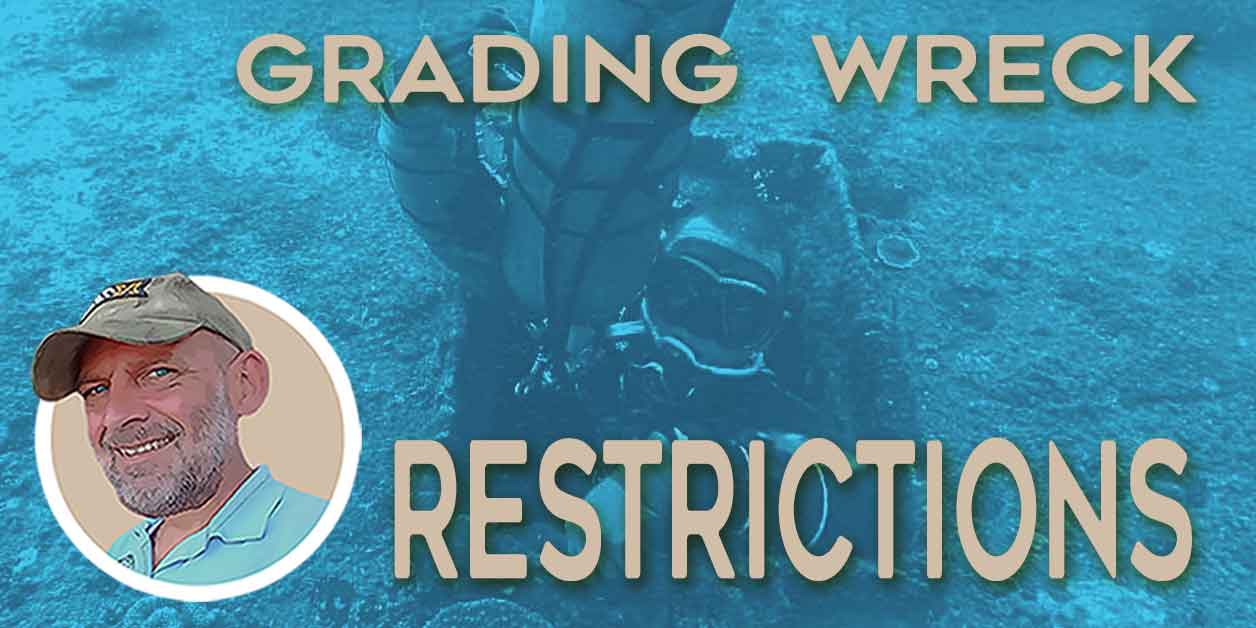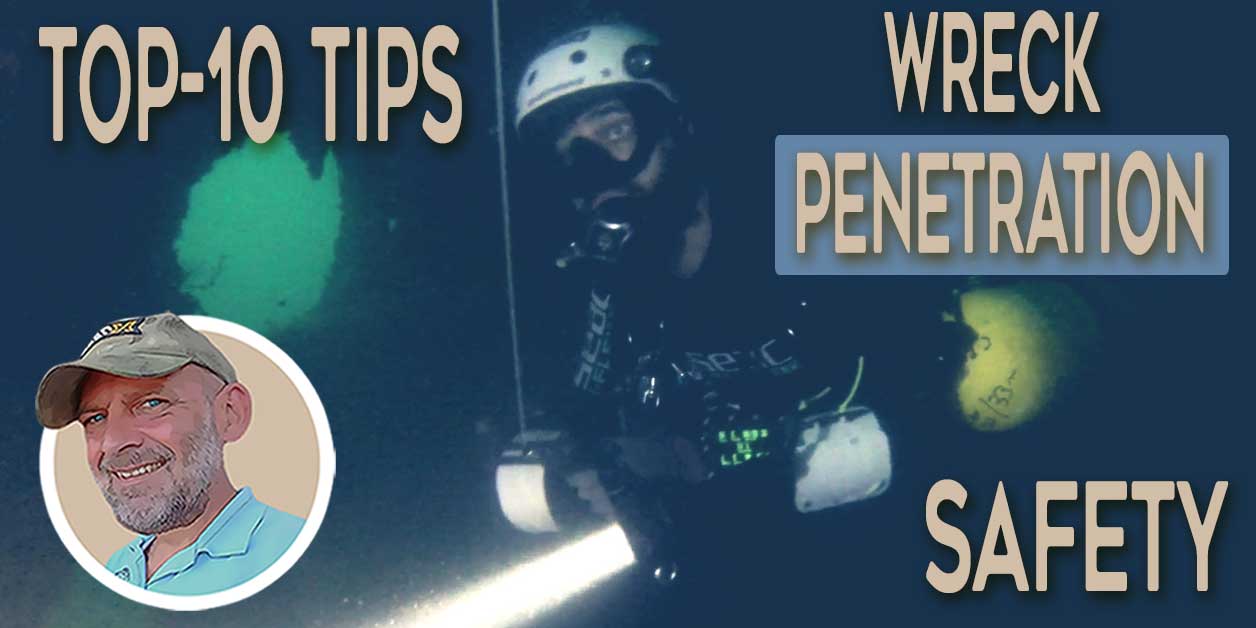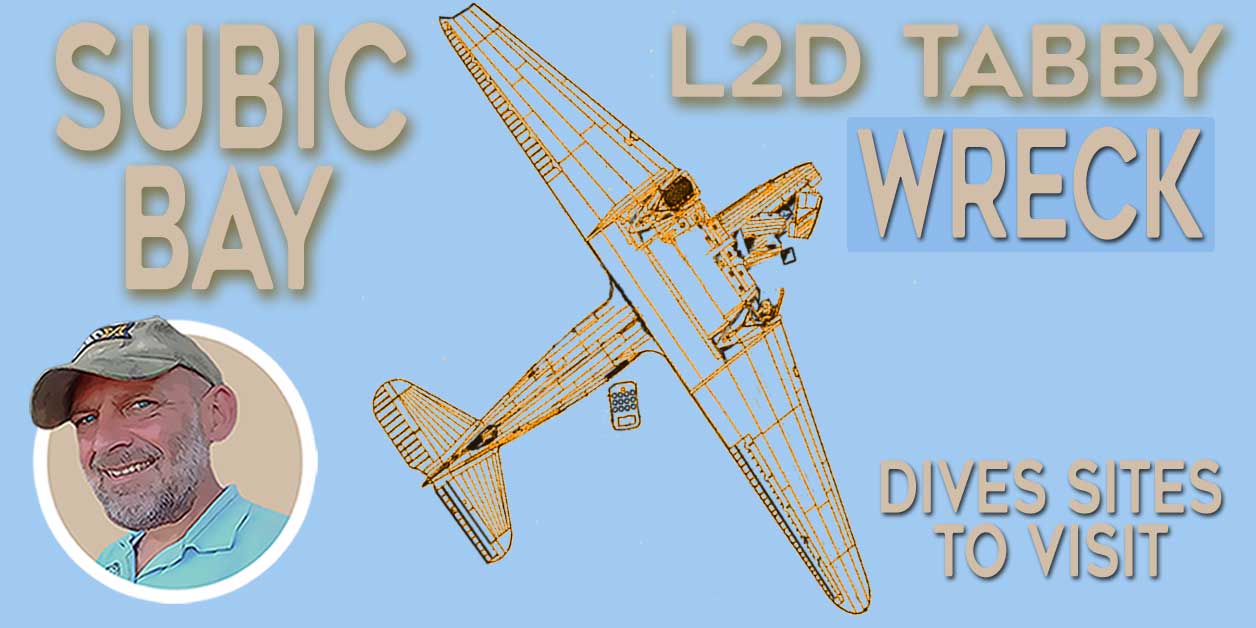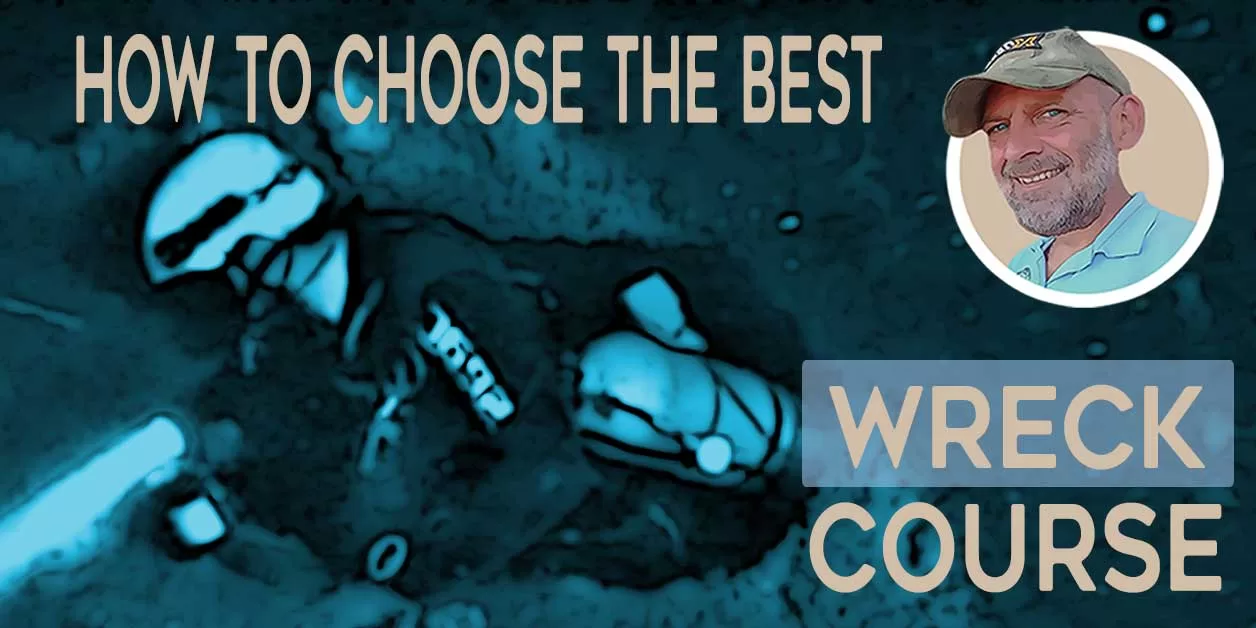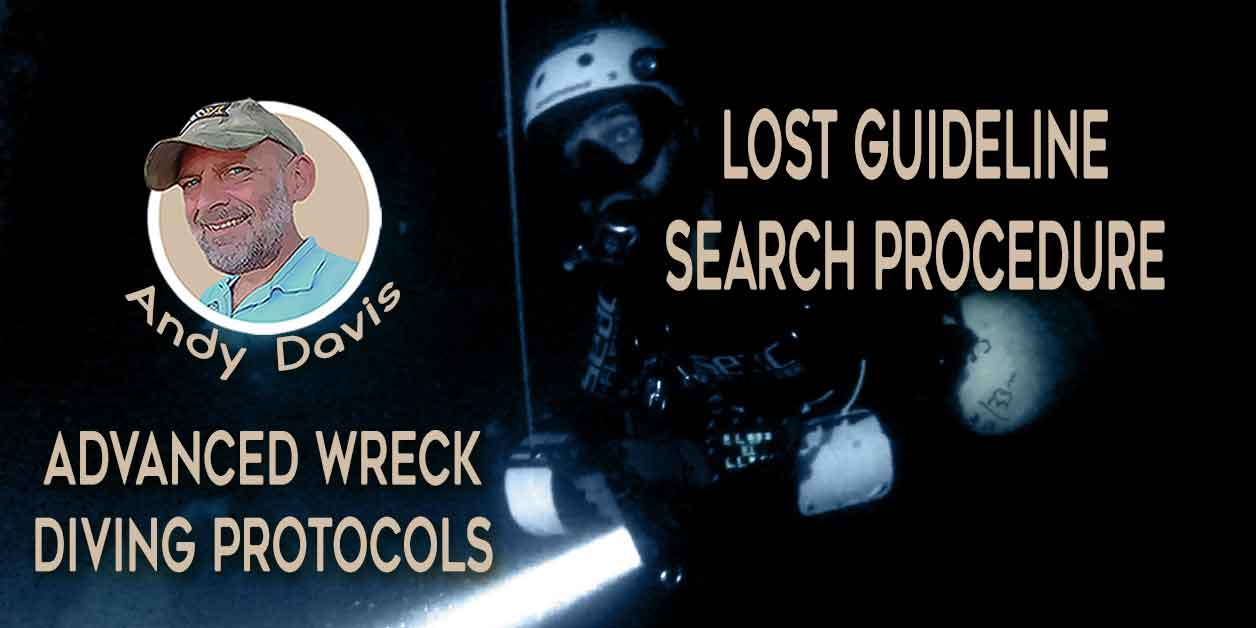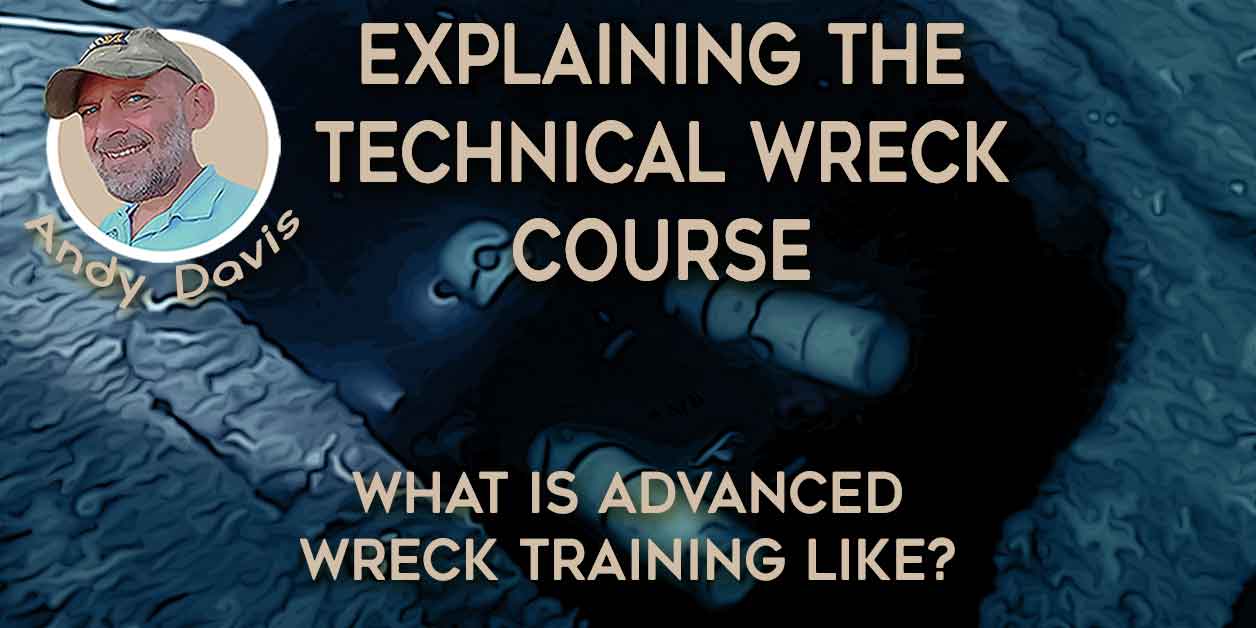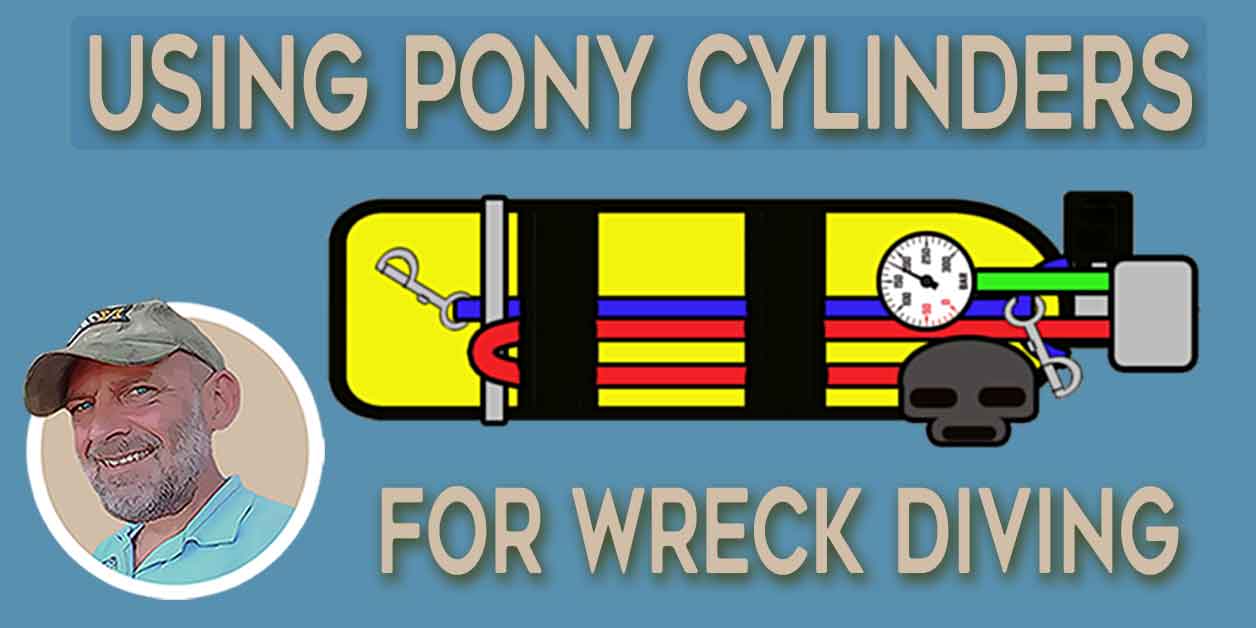How much diving experience is needed for technical wreck penetration?
I often get asked how many dives of experience are necessary or ideal before a diver undertakes serious technical wreck penetration training and dives.
It’s hard to answer because it is a very individual question; which deserves more than a simple numerical answer. I can dive with people and see their skills in action. However, giving advice for the diver to self-assess their competency is always problematic.
There are different types of experience needed for technical wreck penetration
The technical diver has to accumulate experience in three ways; firstly in open-water technical diving, then in technical wreck penetration diving, Then put those skills together. Lastly, they need to develop experience on the specific wreck they intend to penetrate.
In theory, scuba divers shouldn’t be progressing to technical wreck penetration until they are first completely familiar and comfortable with decompression diving in the depth range sought. Only then should they seek technical wreck training. That training, like all dive training, is only the very start of the learning process. It’s the tip of the iceberg of what you need to know.
Progressing your experience in technical wreck penetration
Once a technical wreck diving certification card is issued, the diver needs to progressively develop their wreck penetration and skills. It takes time to ingrain and refine all the drills and skills necessary. You should be doing that in conditions that won’t cost your life if you make a mistake. Line laying, overhead emergency drills, and gas management need to be at a level of unconscious response. Line laying itself is part science, part art; it takes time to get good at it. The skills are also highly perishable if left idle.
As with any technical or overhead diving – if the core skills cause task-loading, then you aren’t ready to progress in challenge yet.
Then comes the matter of experience acquisition. The diver needs to do a lot of dives in order to gain exposure to all those hiccups that matter. The prudence of undergoing that process in wrecks that won’t kill you over a hiccup is obvious. You have to gain your ‘smarts’ for wreck penetration in benign circumstances so that missing those smarts won’t kill you in malign situations.
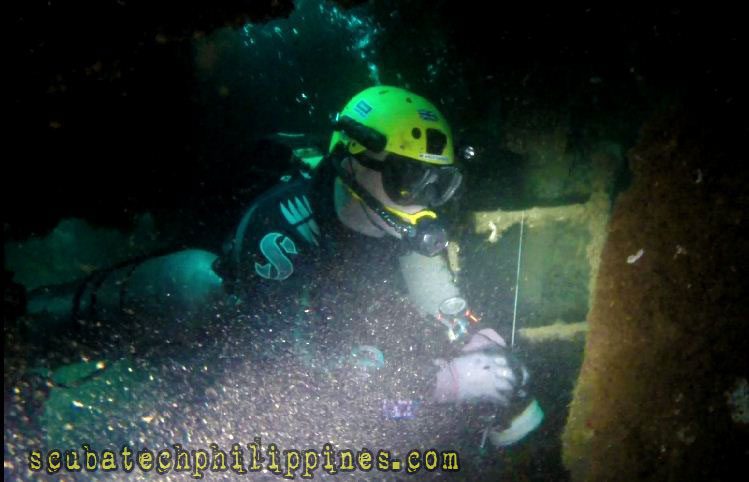
There is a need for ingrain and unconscious levels of skill
Only when you are ready with ingrained, automatic skills, life-saving experience, and a generous comfort zone should you step up to a higher challenge. Then comes the process of gaining wreck-specific diving experience and knowledge. You have to know the wreck and its unique hazards intimately. You learn this by diving the wreck without penetration. Then you learn more by progressively extending your penetration over a series of dives. The length of that series… well, that depends on the individual wreck.
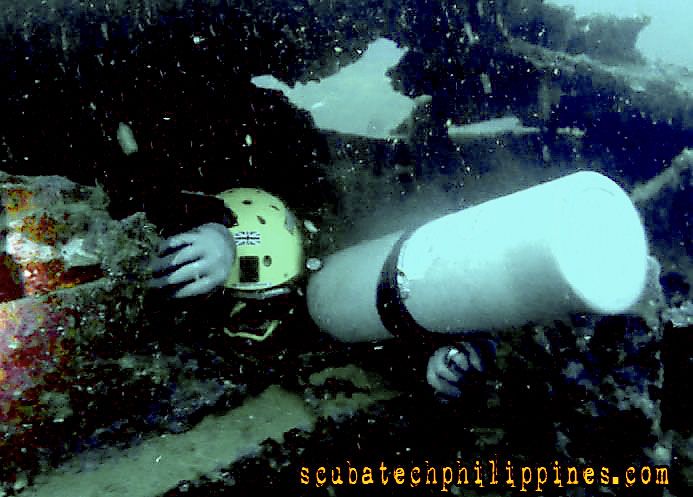
Technical wreck penetration experience is an individual factor
The number of experience and skill-building dives depends on a number of critical factors:
- The quality of technical and overhead training initially received.
- The frequency of experience-building and skill-development dives completed post-qualification
- The quality of experience-building and skill development dives completed post-qualification
- Individual learning capacity
- Individual psychological robustness and comfort zone.

Effective self-assessment for your suitability on a given technical and overhead dive is always problematic. There is always a chance of falling into the over-confidence trap. How can you be sure that “you don’t know what you don’t know“?
The best solution is to get an expert second opinion. Seek a reputable mentor or truly expert instructor to validate your assumptions of competence. That’s a step you should be prepared to take at technical wreck level diving, as the consequences of over-estimating your capacity could be lethal.
Failing that… always err on the side of caution. There is nothing inside any shipwreck worth dying for.
About The Author

Andy Davis is a RAID, PADI TecRec, ANDI, BSAC, and SSI-qualified independent technical diving instructor who specializes in teaching sidemount, trimix, and advanced wreck diving courses.
Currently residing in Subic Bay, Philippines; he has amassed more than 10,000 open-circuit and CCR dives over three decades of challenging diving across the globe.
Andy has published numerous diving magazine articles and designed advanced certification courses for several dive training agencies, He regularly tests and reviews new dive gear for scuba equipment manufacturers. Andy is currently writing a series of advanced diving books and creating a range of tech diving clothing and accessories.
Prior to becoming a professional technical diving educator in 2006, Andy was a commissioned officer in the Royal Air Force and has served in Iraq, Afghanistan, Belize, and Cyprus.
In 2023, Andy was named in the “Who’s Who of Sidemount” list by GUE InDepth Magazine.
Purchase my exclusive diving ebooks!
Originally posted 2015-12-16 14:35:05.







